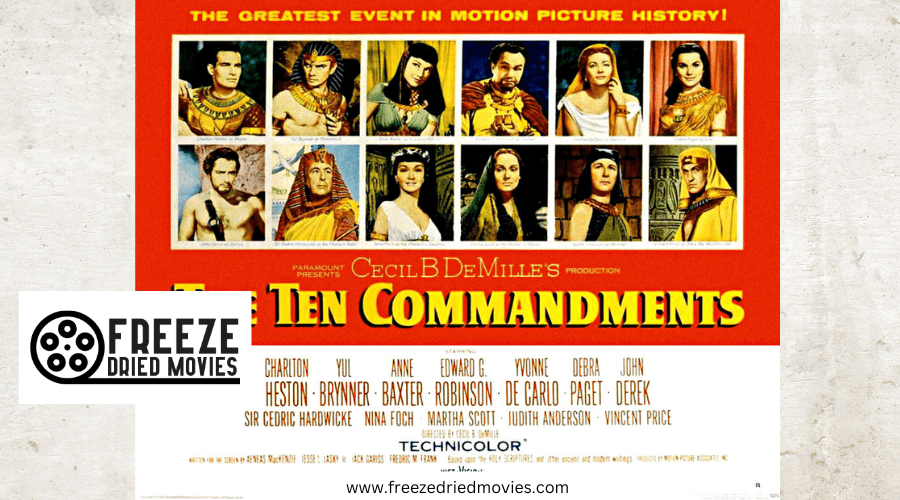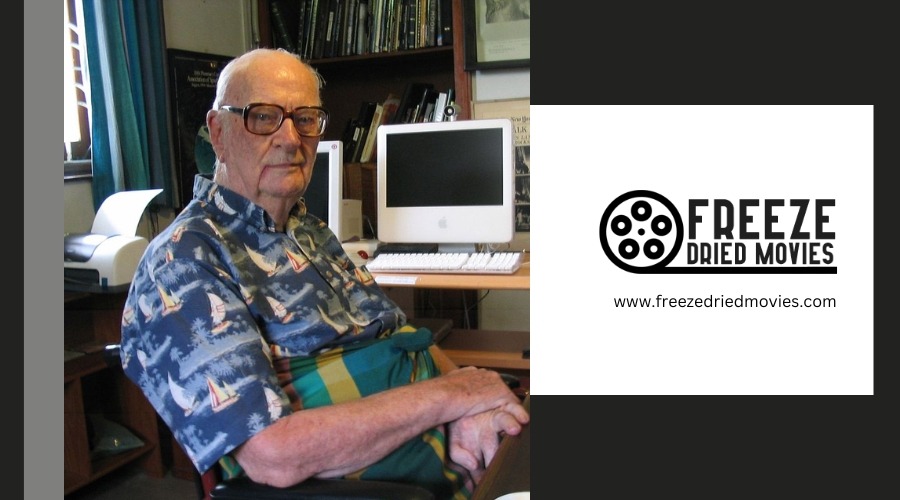Alien Invasion Films in the 1960s: The Cold War Goes Intergalactic

You'll find 1960s alien invasion films altered dramatically during the height of Cold War tensions. What began as simple monster movies evolved into powerful vehicles for political commentary, with extraterrestrials often symbolizing communist threats. Films like "Village of the Damned" and "Invasion of the Astro-Monster" captured widespread nuclear anxieties while pushing special effects forward with color film and improved optical printing. The decade's lasting influence on science fiction runs deeper than you might expect.
The Cultural Landscape of 1960s Science Fiction
The shadow of the Cold War loomed large over 1960s science fiction cinema, altering alien invasion narratives into powerful vehicles for social commentary. You'll notice how filmmakers transformed real-world anxieties about nuclear war and political tensions into thrilling extraterrestrial encounters that resonated with audiences.
Building on earlier classics like "The Day the Earth Stood Still," the science fiction films of the 1960s weren't afraid to tackle complex social and political issues. From "The Time Machine" to "Planet of the Apes," these movies used alien threats and futuristic settings to investigate contemporary fears about dehumanization and global conflict.
As the decade progressed, you'd see the genre evolve further, with films like "2001: A Space Odyssey" reflecting the counterculture's influence and pushing boundaries beyond traditional cold war narratives. Drawing inspiration from the innovative special effects techniques pioneered in 1930s films like King Kong and The Invisible Man, these 1960s productions elevated the visual sophistication of science fiction cinema.

Symbolism and Political Messaging in Alien Cinema
Many alien invasion films of the 1960s skillfully wove political commentary into their narratives through clever symbolism and metaphor. You'll find that these movies converted Cold War anxieties about communist infiltration into stories of extraterrestrial threats, reflecting the era's intense red scare paranoia.
Films like Invasion of the Body Snatchers played on fears that anyone could be an alien impostor, mirroring McCarthy-era suspicions about hidden communist sympathizers. This symbolic approach to political messaging continued changing through later decades. Similar to how wartime propaganda films shaped public attitudes during WWII, these science fiction movies influenced how Americans viewed potential threats to their way of life.

Notable Alien Invasion Films of the Decade
Several innovative alien invasion films emerged during the 1960s, reflecting society's deep-seated fears about nuclear war and communist infiltration. You'll find this theme prominently in The Village of the Damned (1960) and It Invaded from Mars (1962), both of which captured Cold War anxieties.
The notorious Plan 9 from Outer Space (1959), while technically predating the decade, set the stage for sci-fi films to come.
The Time Travelers (1964) took audiences to a grim future where aliens dominate Earth, while Invasion of the Astro-Monster (1965) blended Japanese kaiju elements with classic alien invasion narratives.
The Day the Earth Caught Fire (1961) stood out by combining extraterrestrial threats with environmental concerns, marking a departure from traditional War of the Worlds-style storytelling.
These films masterfully depicted atomic age nightmares through scenes of mutated creatures and devastated landscapes.
The Space Race and Its Influence on Film
During the 1960s, intense competition between American and Soviet space programs altered how filmmakers portrayed extraterrestrial threats on screen. As the United States and Soviet Union raced to conquer outer space, cinema began reflecting both the public's growing fascination with cosmic exploration and their deepening Cold War anxieties.
Films like The Day the Earth Stood Still and Quatermass and the Pit moved beyond simple invasion narratives, exploring complex themes of human evolution and global unity. The era's political tensions influenced movies such as The Manchurian Candidate, which merged alien-invasion tropes with Cold War paranoia. Meanwhile, Dr. Strangelove and Fail-Safe captured the period's fear of nuclear annihilation through their portrayals of extraterrestrial threats. These films didn't just entertain - they mirrored society's hopes and fears about space exploration.
Technological Advancements in Special Effects
While space race tensions fueled the storytelling, pioneering special effects innovations shaped how these alien threats appeared on screen. Building on techniques developed during World War II, filmmakers welcomed stop-motion animation and matte paintings to create otherworldly invasions far more ambitious than early TV shows could achieve.
The shift to color film made extraterrestrial worlds pop with unparalleled vibrancy, while improved optical printing delivered dazzling laser battles and force fields. Mechanical effects and animatronics also gave aliens themselves more convincing movement and detail than ever before.
You'll notice how bluescreen compositing and front projection altered alien encounters, allowing actors to seamlessly interact with spacecraft and exotic environments. These advances laid the groundwork for later classics like John Carpenter's films and would influence the creature designs in Alien.
Legacy and Impact on Modern Science Fiction
The creative DNA of 1960s alien invasion films continues to shape modern science fiction in significant ways. When you watch contemporary horror films featuring extraterrestrial threats descending upon New York or other major cities, you're witnessing the enduring influence of Cold War-era cinema.
The paranoid themes of "Body Snatchers" and its contemporaries have evolved into powerful metaphors for today's global challenges, from climate change to technological fears.
You'll notice how these classic films established narrative patterns that remain relevant: the use of aliens as stand-ins for societal threats, the exploration of dehumanization, and the fusion of political commentary with entertainment. Modern filmmakers continue to draw from this rich legacy, adapting Cold War anxieties into stories that reflect our current fears and uncertainties about the future.




